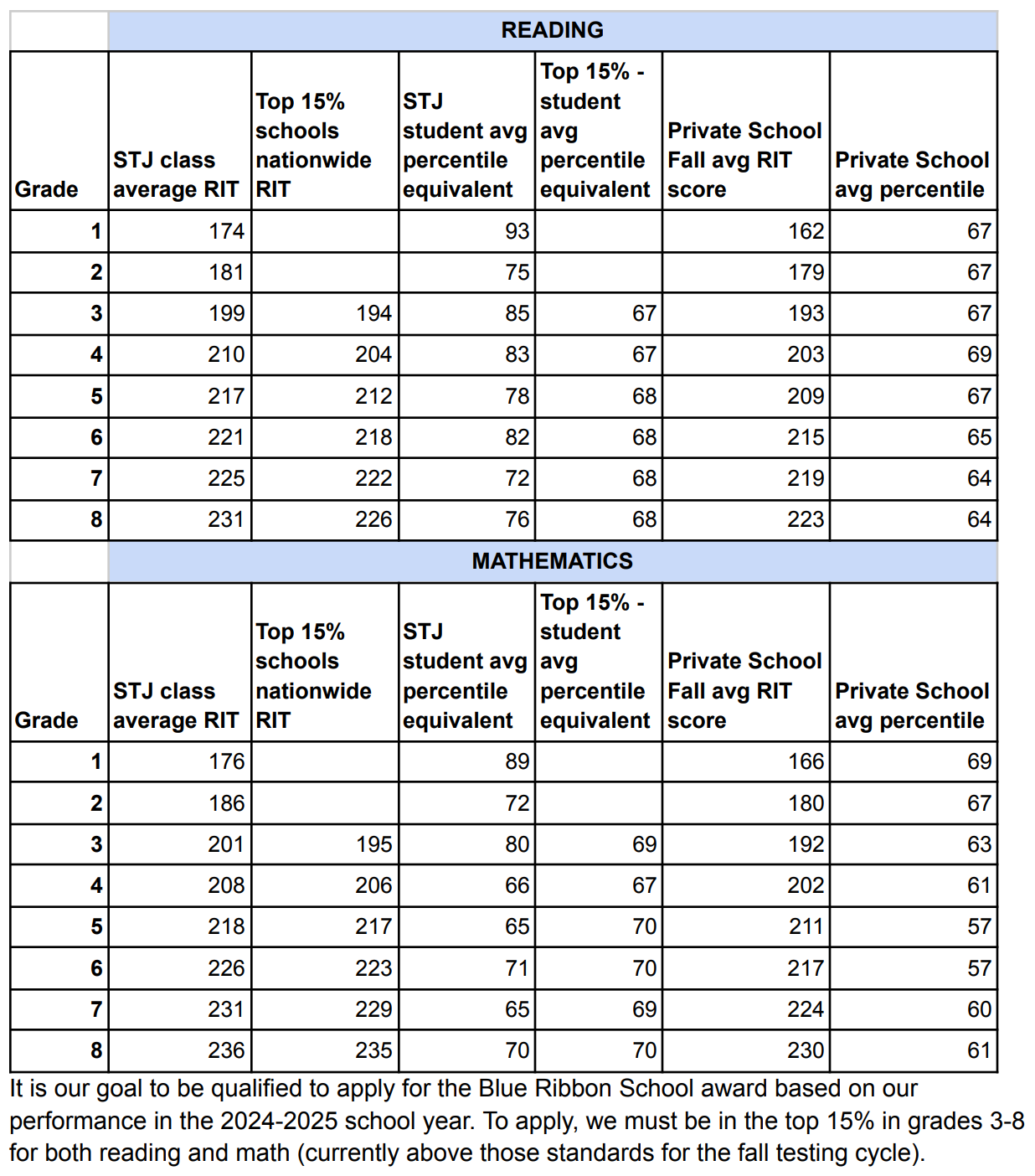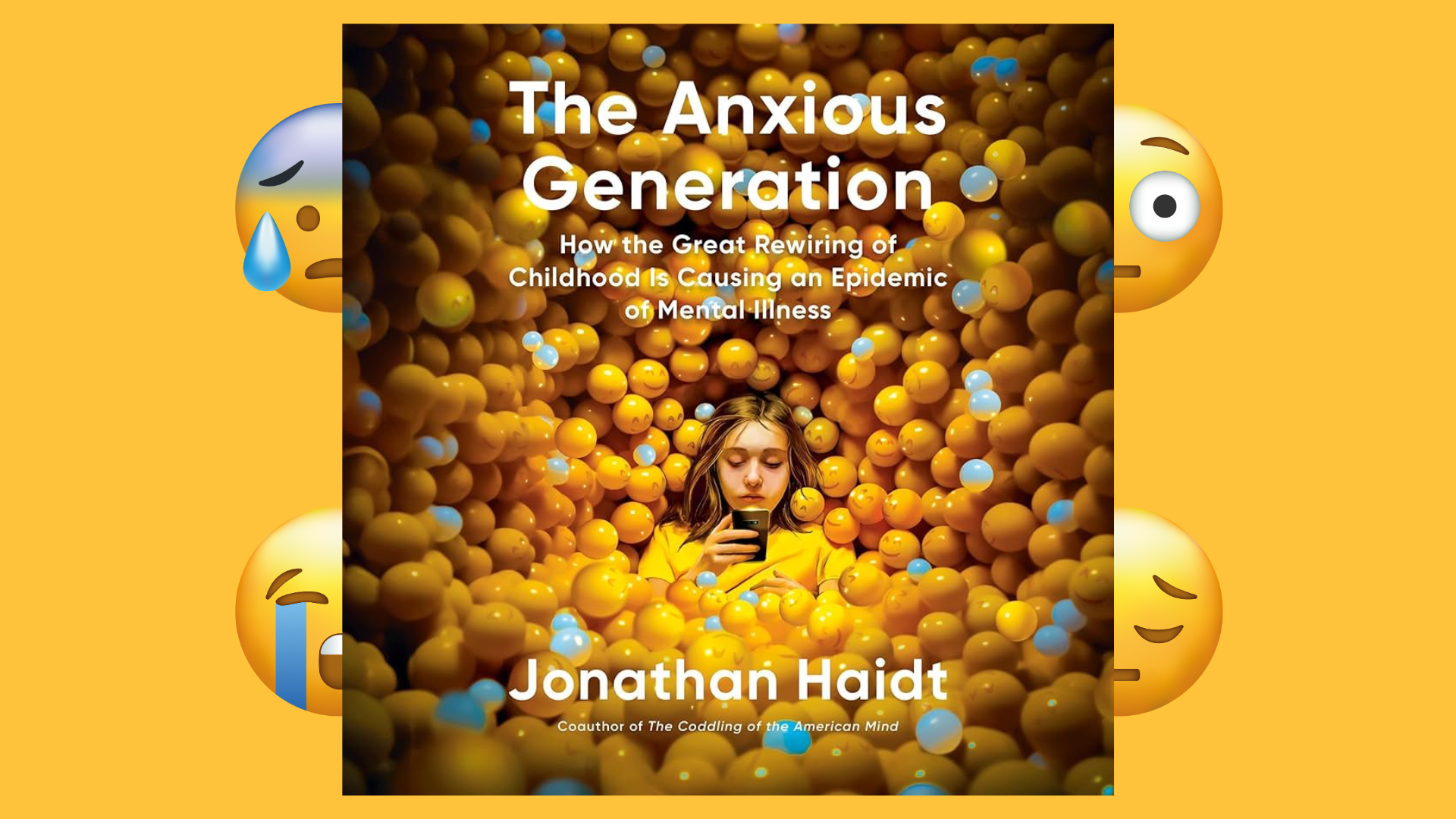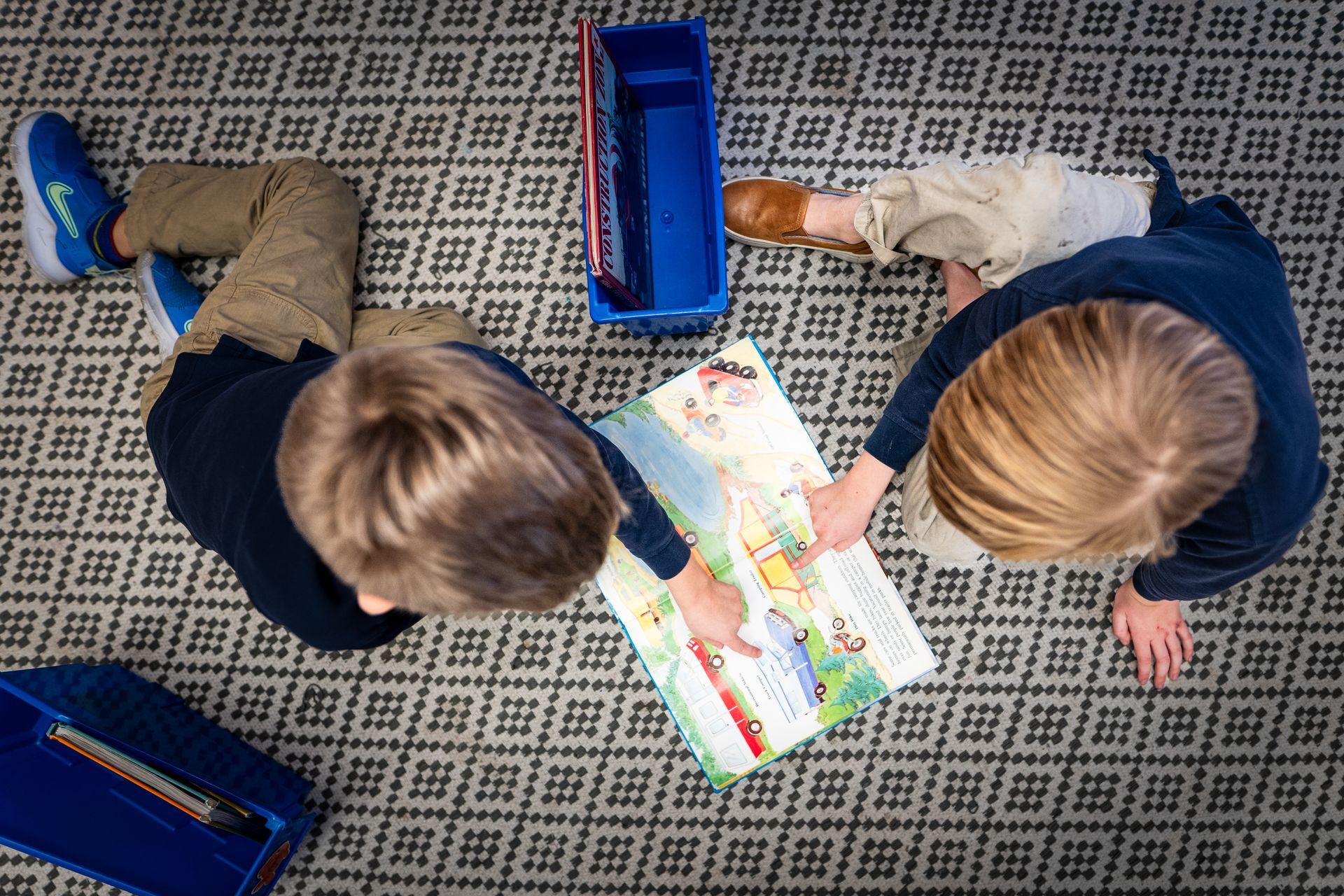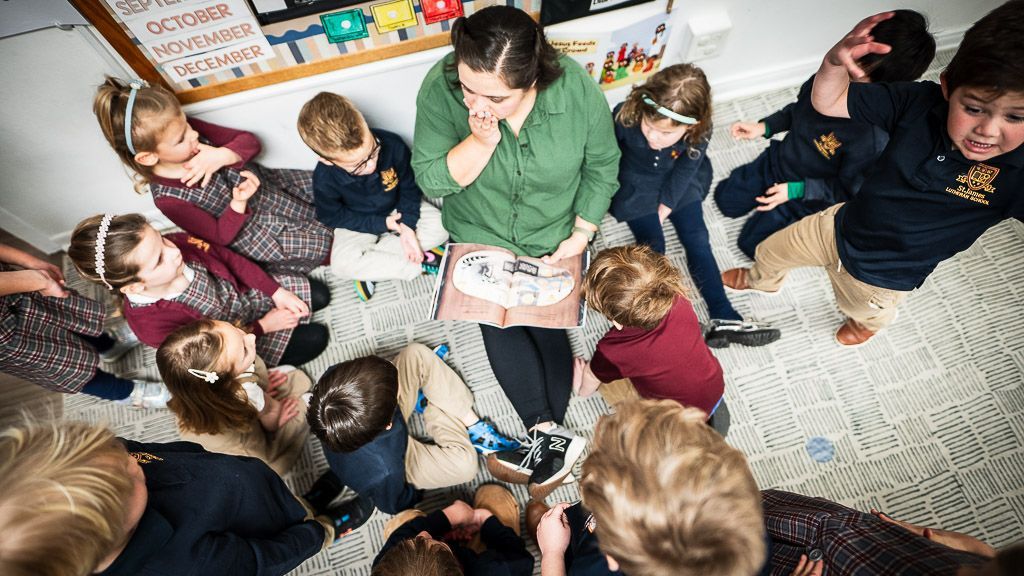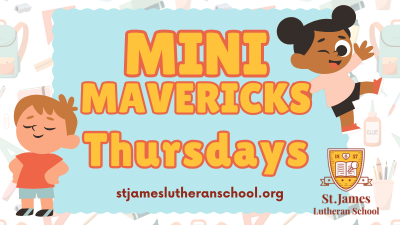St. James Standardized Testing
Standardized Testing at St. James
There are many views on standardized testing in the education arena these days, and there are great arguments on both sides. There are several nationally normed standardized tests for elementary schools that are widely used and approved by the National Department of Education and the Council for American Private Education (CAPE): MAP Growth, Iowa Assessments, STAR, Terra Nova 3 and AIMSWebPlus (ACT, SAT, PSAT used at the high school level). At St. James, we currently use the NWEA MAP Growth tests three times per year to help assess the growth of our students. The MAP Growth assessment dynamically adjusts to each student to create a personalized assessment experience—whether a student performs at, above, or below grade level. Every question is calibrated to the NWEA proprietary RIT scale. Since the scale is continuous across grades, educators trust it to track longitudinal growth over a student’s career.
With a smaller population, we value the individual student growth and RIT scores to indicate where our students are in comparison to national averages. Click here
for more information on how the NWEA is normed and what those current norms are by grade level. In addition to national norms, there are more than 2,300 private schools - serving over 5,000,000 students that use MAP Growth to measure growth and evaluate instructional programs, and over 16.2 million students nationwide, which allows us to measure our academic rigor against both private and public schools.
NWEA also provides detailed reports by individual students that help to assess where the student is on the learning continuum, based on standards (STJ uses the common core and Next Generation Science Standards), to inform what the student is ready to learn. This information (along with other assessments) is used by teachers to create a learning plan and develop strategies to improve the growth for each student (and classroom). Click here
for the research report on the MAP Growth 2020 and the conclusions they drew from growth during COVID.
St. James uses the MAP growth tests (NWEA) as a tool to gather data and evaluate our academic plan. Based on these results, the following changes have/are being implemented:
- Curriculum:
- Math: Over the past 3 years we have been moving to the Envision Math curriculum (Savvas) which is more rigorous in math vocabulary and problem-solving (applying math concepts). This year, grade 4 and some 3rd graders are now using this curriculum instead of Everyday Math (still used in grades K-2) This curriculum also provides high school algebra and geometry for our students in middle school. This year, we have created smaller learning groups across grades 3-8. In grades K-2 we continue to differentiate within the curriculum (Everyday Math) and groupings are based on unit skills assessment and independent learning.
- Reading - The goal for children in preschool through 2nd grade is to “learn to read”. The goal for children in grades 3-8 is to “read to learn”. COVID presented many issues in teaching reading to young children. As teachers were assessing the students in reading, they were identifying trends in the literacy skills of the students. As a result, our faculty looked for ways to improve the way we were teaching phonics and comprehension. When we look at the 1st grade reading levels on the fall test, we are very encouraged that we have implemented the correct tools to get our students where they need to be. You will notice that many of our students make the transition to reading to learn sooner than others (some of that is developmental and readiness to learn). Our teachers are committed to providing strategies and support to not only encourage reading comprehension skills, but to build vocabulary. For more information on our reading program changes in K-2, please take a look at the attached document.
- Identify areas of focus for growth school-wide which are used in the strategic plan and yearly goals.
- Student data is used for individual evaluations for learning gaps and needs along with identifying areas the student is ready to learn. The data can be integrated into IXL for individualized learning starting in 1st grade.
- Test taking skills are taught and practiced through the implementation of the MAP Growth tests. We see the most consistency of scores starting in grades 5-6 when the students are invested themselves in the outcomes and are confident in taking this type of test (multiple choice on the computer).
- Our students start in the spring of their K year to get a baseline and the experience of the test. The test is taken on an iPad at school.
- Testing practices by grade (all are 3 times per year):
- 1st - Reading & Math - questions are read for the students through headphones.
- 2nd grade - Reading & Math - students read the questions themselves
- 3rd grade - Reading, Math & Language
- 4th - 8th grade - Reading, Math, Language & Science
In 1982, the U.S. Department of Education launched the National Blue Ribbon Schools Program to recognize America’s most successful public and non-public elementary, middle and high schools. All schools are ranked based on the performance of all students in the school on the most recently administered state assessments in reading and mathematics.
Below is a chart that compares the fall St. James MAP scores with the top 15% schools nationwide (The US Department of Education). There is also a comparison by class of the private schools that participated in MAP testing across the country this fall.
